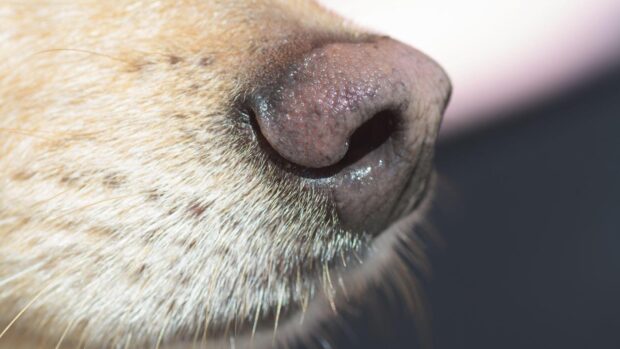Sound judgement is a vital part of being successful in sport. Nevertheless, every year several otherwise shrewd horse people misuse and abuse medicines in relation to their horses in competition.
These days it is not just a case of misusing mainstream equine medicines. A sinister twist has been added in the form of human medicines being used to achieve the effects of stimulants or sedatives. As a result, the horse’s welfare is being put at new and unknown risk.
In the past few years human and even pig medicines — not licensed for use in horses — have been found in samples from competition horses. But anyone who thinks that using such medicines to enhance equine performance will not result in a positive test is mistaken.
On the contrary, drugs — including Ritalin, which is intended for use in children with attention deficit disorder; indomethacine, a human painkiller similar to bute; and the pig tranquiliser azaperone — have been detected in equine dope tests around the world.
“The use of non-horse products causes the FEI a lot of anxiety,” says Dr Andrew Higgins of the FEI medication sub-committee. “There is naivety among people trying to abuse the system, who believe that the labs will not pick up non-horse medicines.”
The labs that are used for testing in the horse world — such as the Horseracing Forensic Laboratory (HFL) in Newmarket and the French laboratory, LAB, in Paris — are subject to strict international standard controls and the process is, these days, highly automated.
The system will pick up even trace amounts of a suspicious substance and will then automatically be matched against a large-scale library of drugs held by the lab. The libraries are regularly updated with new medicines.
Dr Peter Webbon, veterinary director of the Jockey Club, says: “Part of the confidence in any testing technique must be the understanding that it is extremely efficient.
“It would be unwise to say that every drug that could be given to any animal or person is easy to detect. But in general terms, if somebody does misuse a drug, and for one reason or another gets away with it, they won’t get away with it forever.”
Beyond the risk of detection, people who use human products, particularly as calming agents or sedatives, are running large, additional risks.
“Human psychotic drugs that are used to treat stress-related problems have a profound effect on character, and there is no reason to think that the same won’t apply to a horse’s mind,” says John McEwen MRCVS, British Equestrian Federation director of sports science and medicine. “If you are changing the horse’s thought process and dulling its instincts — for instance response times — then you are also putting horse and riders at risk.”
Positive prevention
- Always confer with your vet if your horse needs to be treated. Information about detection times (how long it takes for a medicine to clear from a horse’s body) can be obtained via your vet, from the FEI and many sports’ governing bodies.
- All feed and supplements should be certified “free of prohibited substances”. A group of substances called methylxanthines, which include caffeine, is one of the concerns here.
- Beware of cross-contamination between adjacent horses. A treatment for lameness, particularly navicular and laminitis, Isoxsuprine, is one medicine that has been the subject of cross-contamination cases in competing horses. Anecdotally, it is said to stick to buckets.
- Don’t be tempted to allow someone to “fix” your horse. A positive dope test cannot be undone and can damage your professional reputation.
- If your horse is underperforming, this can indicate a more serious underlying illness. Always take veterinary advice. With close observation and patience, you may be able to extend the athletic career of your horse.
FEI drug testing facts
- FEI testing officials generally take both blood and urine samples, but they can also take samples from leg bandages, hair, saliva and swabs.
- The testing lab has no way of knowing the identity of the horse/owner/rider etc as all samples are labelled by code numbers.
- Initial screenings, if positive, will be followed by confirmation tests — the whole process takes around seven days.
- Stable security is enforced at most FEI events but the competitor is the person responsible. Poor stable security cannot be used as an excuse for a positive test.
- Some medicines are permitted under FEI rules. These include wormers, certain types of antibiotic, and certain treatments for gastric ulcers.
- The guidelines for competitors are available at www.horsesport.org
This article was published in full in the 23 October 2013 issue of Horse & Hound.



